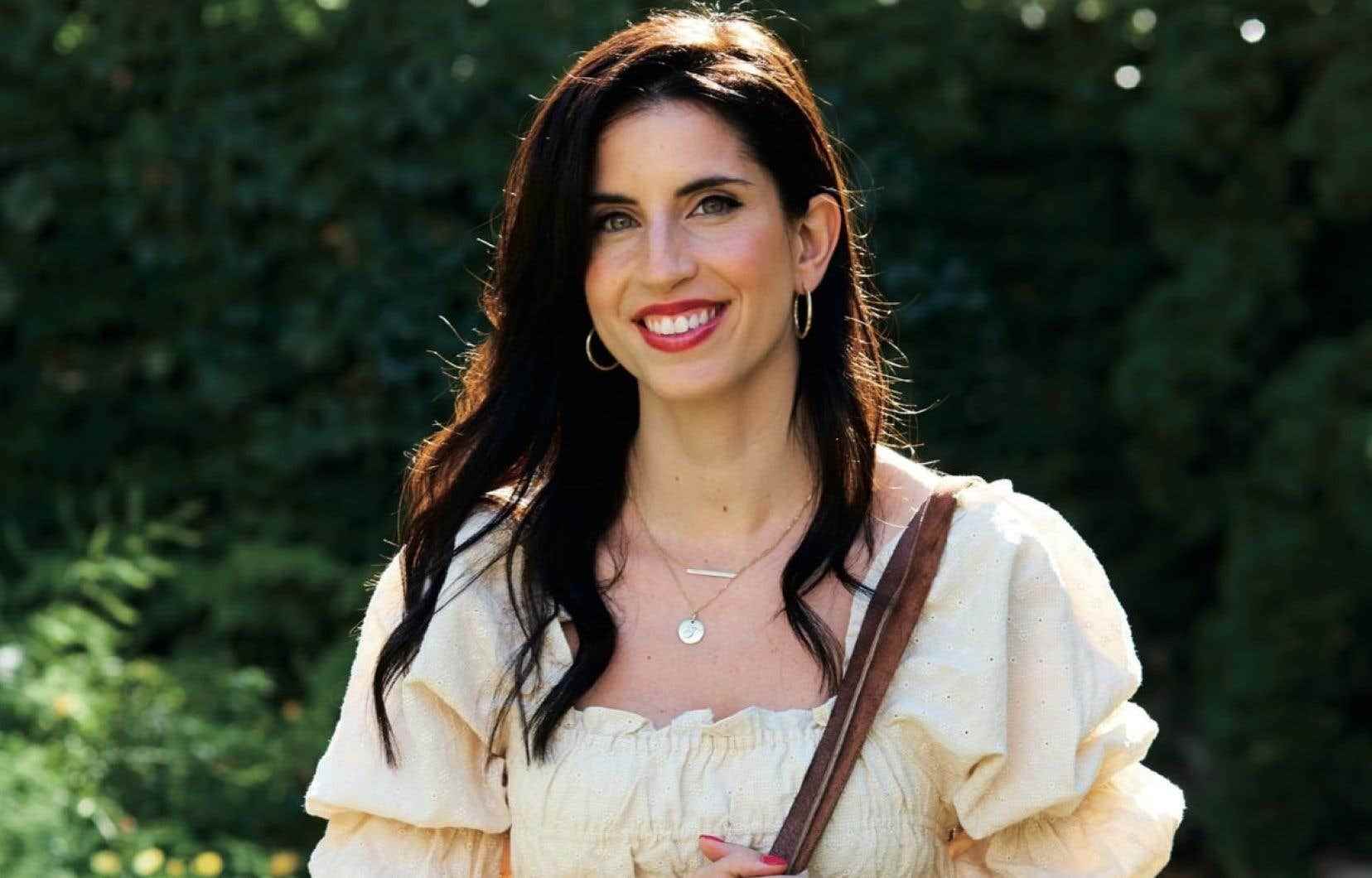This text is part of the special book Plaisirs
Nutritionist Vanessa Perrone presents her first book, Mediterranean. Recipes and sunny inspirations. Influenced by her Italian origins, she offers tasty and colorful recipes, like the kitchens on the shores of the Mediterranean.
Mediterranean living
From the outset, the nutritionist presents her approach to food. The majority of her professional activities being in private practice, she regularly suggests recipes and nutritional advice to her clients to make the link between theory and cooking. “We may recommend people to eat vegetables, but you have to know how to prepare and cook them,” explains Vanessa Perrone.
Although the Mediterranean diet has been widely talked about in recent decades as the panacea of dietary patterns, she believes that there are many ways to eat.
“These are principles, but they have to be adapted so that they are realistic,” she adds. For example, regarding the recommendation to eat fish a few times a week, we can’t really say that today. If people want to eat it, they should favor sustainable and local fishing. And if you don’t like fish, you don’t have to force yourself to eat it. »
Indeed, over the years, there has been a kind of confusion around the very definition of the Mediterranean diet. “People question me a lot,” she says. Is it cooking or dieting? Do you have to be Mediterranean or can you do it in Quebec? It is precisely these questions that led me to write this book. »
The Mediterranean diet today
In this regard, Vanessa Perrone takes the opportunity in her book to popularize certain principles of the Mediterranean diet. She also insists on the fact that it is not a diet.
“Each year, when we make the list of the best diets in the world, [la diète méditerranéenne] is often at the top of the list, she says. But this is often in the context of weight loss. I don’t talk about weight in my book. Besides, this diet was not invented. At the start, it’s a food model dating back to the 1950s, where people in the Mediterranean lived as best they could with what they had. Then, we realized that they were in very good health. »
Although the way of life of Mediterranean people has changed over the last decades, Vanessa Perrone believes that adopting the basic principles of the Mediterranean diet must be done with a view to optimizing one’s well-being, one’s relationship with food and cooking skills.
Freshness, color and plants
However, in his book, the basic principles remain. We are entitled to an abundance of vegetables and fruits, recipes made from basic ingredients, and a marked preference for vegetable proteins.
“It’s a diet that’s not strictly vegetarian, but mostly plant-based,” she explains. That’s important because it’s something that’s not unique to the Mediterranean diet, but is apparent in all so-called health-promoting food formulas. »
Indeed, the recipes in Vanessa Perrone’s book are a good illustration of the principles of the Mediterranean diet. We find there appetizing and colorful recipes of Italian inspiration, certainly, but also Lebanese, Moroccan, Greek… All countries on the shores of the Mediterranean.
Like what, once again the kitchens look alike and bring us together. “We have a lot of trouble agreeing on a lot of food topics, but on this point, we can agree,” she exclaims.
And since conviviality at the table is an essential principle of the Mediterranean diet, like most culinary cultures in the world, this is another great opportunity to gather around a good meal, colorful and tasty, like those presented on every page of this new book.
